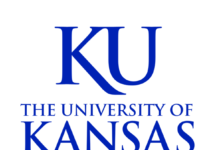Credit: Kandace Fisher-McLean, MS, HHS, Housing and Environmental Design Specialist, St. Louis County, University of Missouri Extension
Radon is a radioactive gas that you cannot smell, see or taste. According to the National Cancer Institute, minimal levels of radon typically exist in all air. However, when radon is concentrated at high levels within the air of your home it can increase your chance of developing lung cancer when you breathe it in. The National Cancer Institute, the Environmental Protection Agency (EPA) and the Surgeon General caution that radon exposure is the second leading source of lung cancer in the United States behind cigarette smoking…
According to the EPA, radon gas is found everywhere in the United States and it is produced from the natural breakdown of uranium in soil, rock and water. Radon gas moves through the ground into the air and travels into your home through gaps, cracks and holes in the foundation. It can also enter through the water supply of your home. Once radon gas is in your home it can build up to dangerous levels. Approximately 1 out of every 15 homes in the United States has increased levels of radon.
January is National Radon Action Month and it’s a good time to have your home tested. Radon is problematic any time of the year but the EPA explains that radon levels can escalate during colder months because people spend more time inside with their windows closed.
For the steps you can take to test your home for radon, including how Missouri residents can obtain a free radon test kit, check out the full version of this article at http://missourifamilies.org/features/housingarticles/radon.htm



